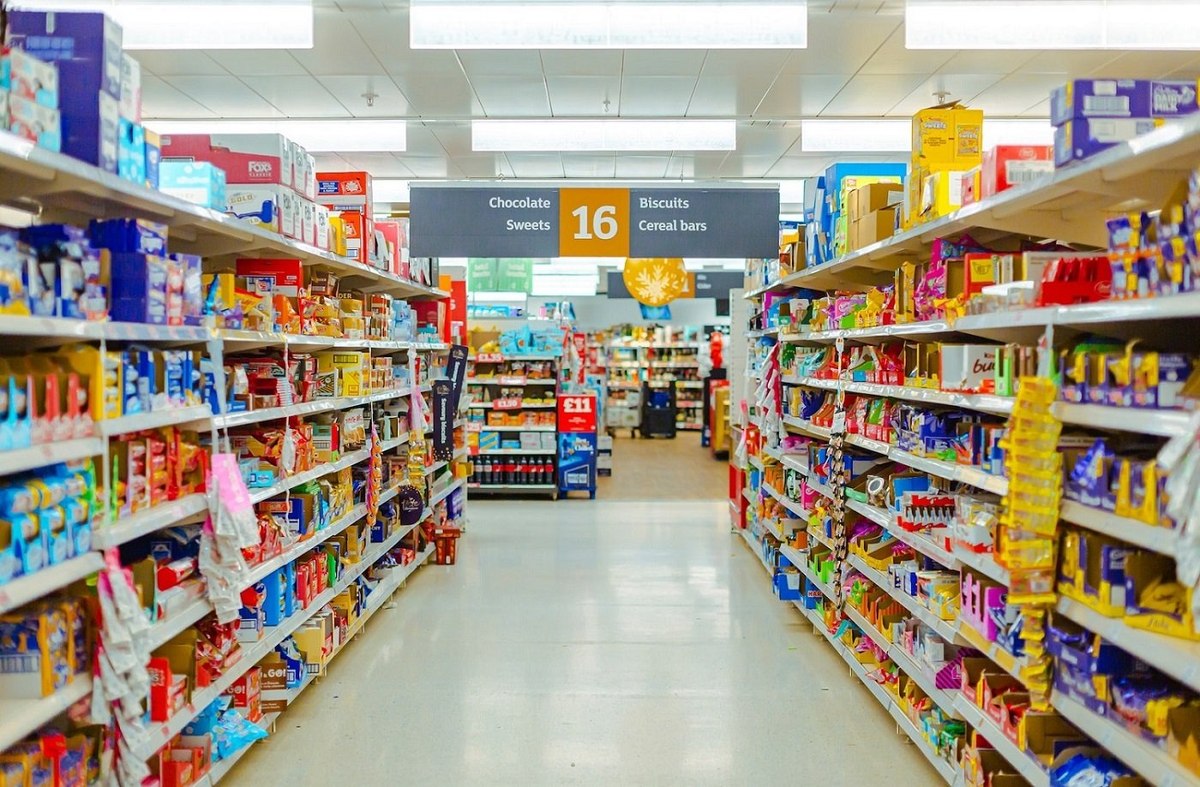
Waitrose launches its first meal deal – but can it attract consumers on a budget?
Waitrose recently announced the launch of its first-ever meal deal, giving customers a sandwich, salad, wrap, or sushi; a drink; and a snack, for the price of £5. It’s a move that follows the supermarket’s decision in February to slash prices on bread, vegetables, and other essentials, and (according to The Telegraph) is part of a broader effort to win over cash-strapped consumers in an age of belt-tightening.
Data from YouGov BrandIndex and Profiles suggests that the efforts might well be necessary. Waitrose is a brand that is more liked than not by the general public: 31% of Britons have a positive impression of it, and just 7% have a negative impression. But just 2% of Britons say it’s their main supermarket – and even among Waitrose customers, a mere 15% say it’s their primary grocery retailer. These customers are more likely to shop at Sainsbury’s (22%) or Tesco (21%).
Customers are more likely than not to perceive Waitrose as a quality brand: by 46% to 2%, shoppers think the brand is good quality. This increases a little among shoppers who usually shop at one the big four supermarkets – ASDA, Tesco, Morrisons, and Sainsbury’s – (48% vs. 2%%), and decreases a little among those who usually shop at discount providers such as Aldi and Lidl (41% vs. 1%).
But where the supermarket falters is value for money. Just 7% of the general public think Waitrose represents good bang for the consumer’s buck; some 22% think the opposite. It’s a similar story with big four shoppers (7% vs. 21%) and discount shoppers (4% vs. 24%). Even among Waitrose customers, just a quarter (23%) think the brand represents good value, while 15% believe that it’s poor value.
Waitrose offering meal deals and reducing prices on essentials then, makes a certain kind of sense. At a time when one in six Britons are switching their main supermarket due to the cost of living crisis, even a well-liked brand can struggle if it’s associated with poor value for money.